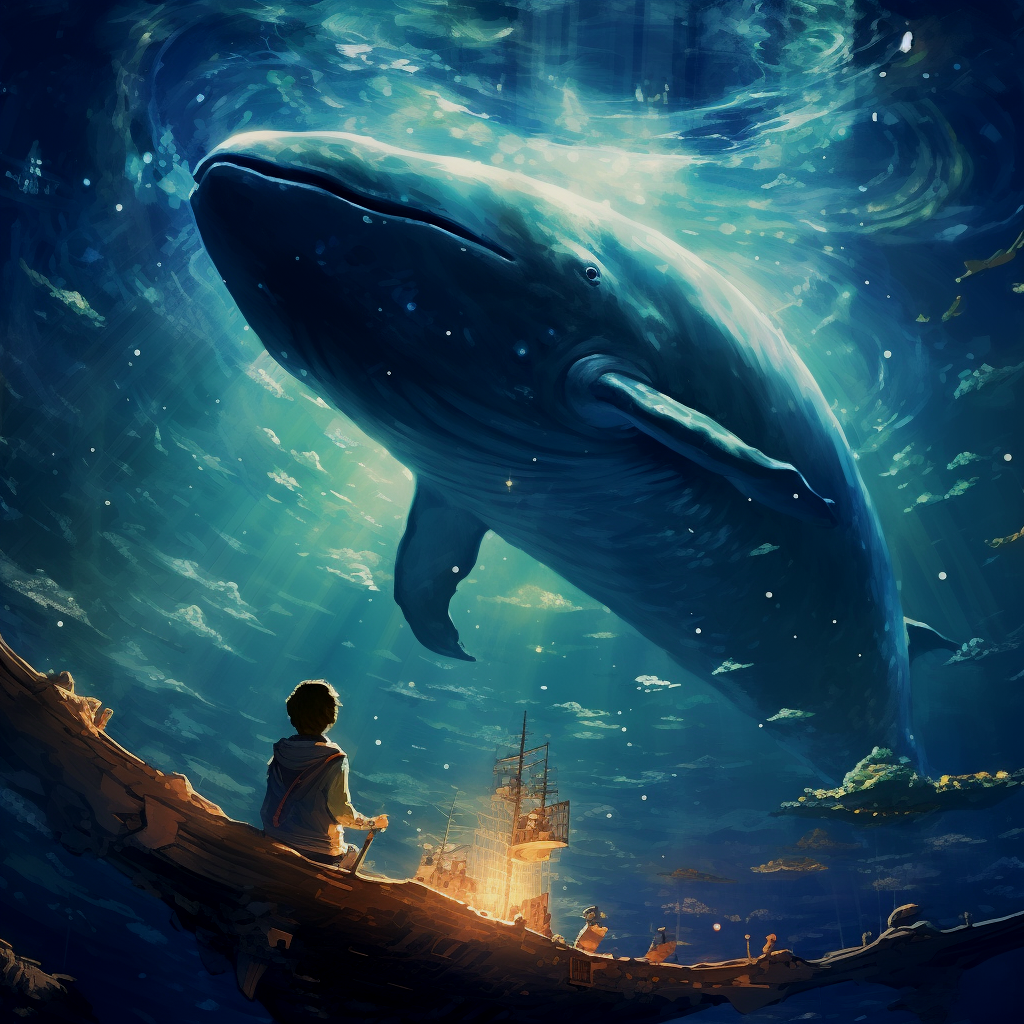
Prompt
A scene from a lively coffee shop, where amidst the chatter and clatter, a person is engrossed in taking a survey. The image is captured using a Canon EOS 5D Mark IV DSLR camera with a 35mm f/1.4 lens, providing a wider view of the scene while keeping the subject in clear focus. The time of day is early morning, with the soft, natural light illuminating the scene and creating a fresh, vibrant mood. The photograph is taken in a documentary style, capturing a slice of everyday life with authenticity. The digital image is shot with camera settings of f/2, ISO 200, and shutter speed 1/60, to capture the dynamic range of the indoor lighting. Post-processing includes a slight increase in clarity and vibrance, to bring out the details and colors of the scene.
To break down the scene into components for AI art generation through Midjourney, we'll examine each aspect based on the provided scene description:
Scene Description
- Lively coffee shop setting: This establishes the primary environment and atmosphere. The choice of a coffee shop suggests a casual, possibly cozy setting filled with people, which adds a layer of complexity due to the varied elements like tables, chairs, coffee machines, and patrons.
- Person taking a survey: This is the focal point of the scene. A person focused on taking a survey amidst the surrounding activity adds a narrative element and directs the AI to center the composition around this activity, potentially suggesting a contrast between the person’s concentration and the bustling environment.
Example: Changing the scene to a quiet library changes the atmosphere from bustling to serene, affecting the overall mood and possibly the lighting and color palette used.
Camera Specification
- Canon EOS 5D Mark IV DSLR with a 35mm f/1.4 lens: This specific camera and lens setup implies a high-quality, sharp image with a shallow depth of field. The 35mm lens provides a wide field of view without significant distortion, ideal for capturing the entire coffee shop's ambiance while keeping the main subject in focus.
Example: Using a 50mm lens instead might result in a tighter frame on the subject, reducing the environmental context and making the scene more intimate.
Lighting and Time
- Early morning light: Suggests soft, diffused lighting, likely casting gentle shadows and highlighting the freshness of a new day. This type of lighting enhances the feeling of vibrancy and can make the scene feel more inviting.
Example: Changing the time to late evening would introduce warmer tones, longer shadows, and possibly a cozier or more subdued atmosphere, altering the scene's mood significantly.
Style and Post Processing
- Documentary style with authenticity: Indicates a desire for a realistic portrayal, focusing on capturing the moment as it is, without overly dramatic or stylized elements. This could guide the AI towards a more naturalistic color scheme and composition.
- Slight increase in clarity and vibrance: These post-processing techniques enhance details and colors, making the scene more visually appealing and emphasizing the lively and vibrant mood of the coffee shop.
Example: A vintage style with sepia tones and grain added in post-processing would create a nostalgic feel, significantly changing the scene's impact.
Technical Specifications for MidJourney
- Camera settings (f/2, ISO 200, shutter speed 1/60): These settings suggest a well-lit scene with a focus on capturing motion without blur, maintaining sharpness across the main subject. The wide aperture (f/2) contributes to the shallow depth of field, further isolating the subject from the background.
- Midjourney parameters: For replicating this scene, you might emphasize aspects like clarity and detail (using parameters like --quality 1 for high-quality generation). Also, the use of --ar for aspect ratio can ensure the image composition matches the envisioned scene, possibly using a ratio that mimics the field of view of a 35mm lens.
Example: Adjusting the --quality to .5 might result in faster generation times but at the cost of some detail and texture richness, which could make the scene feel less vibrant or less authentically captured.
In summary, breaking down the prompt into these components not only clarifies the vision for the AI art generation process but also highlights how each element—scene setting, camera specs, lighting, style, and technical specifics—plays a crucial role in crafting the final image.





